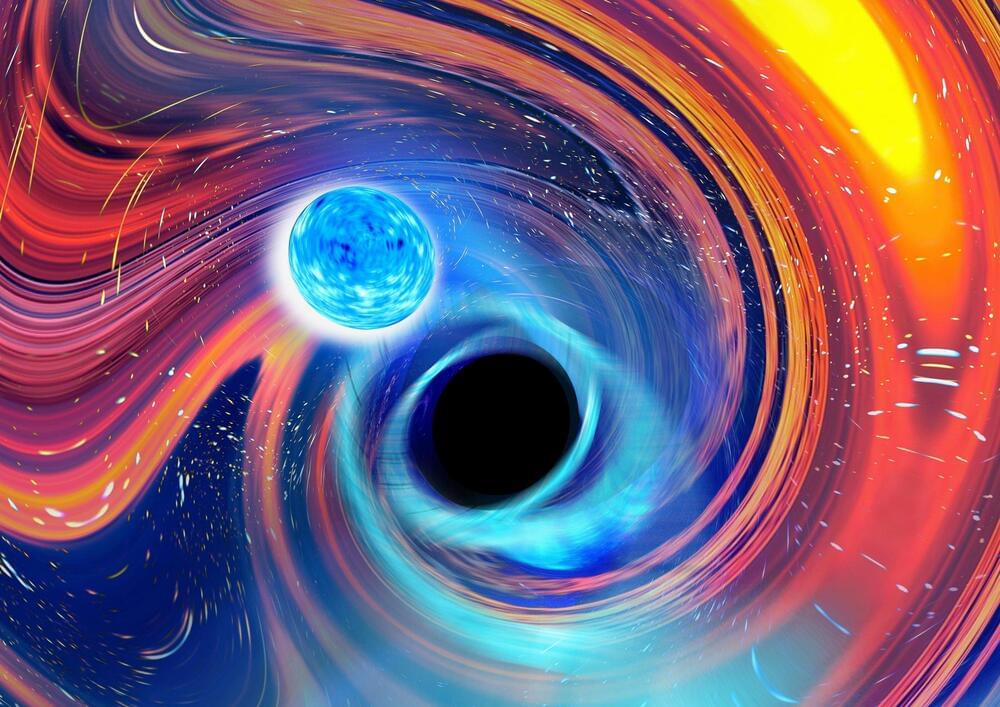The largest catalog of gravitational wave events ever assembled has been released by an international collaboration that includes Penn State researchers. Gravitational waves are ripples in space time produced as aftershocks of huge astronomical events, such as the collision of two black holes. Using a global network of detectors, the research team identified 35 gravitational wave events, bringing the total number of observed events to 90 since detection efforts began in 2015.
The new gravitational wave events were observed between November 2019 and March 2020, using three international detectors: The two Advanced Laser Interferometer Gravitational-Wave Observatory (LIGO
The Laser Interferometer Gravitational-Wave Observatory (LIGO) is a large-scale physics experiment and observatory supported by the National Science Foundation and operated by Caltech and MIT. It’s designed to detect cosmic gravitational waves and to develop gravitational-wave observations as an astronomical tool. It’s multi-kilometer-scale gravitational wave detectors use laser interferometry to measure the minute ripples in space-time caused by passing gravitational waves. It consists of two widely separated interferometers within the United States—one in Hanford, Washington and the other in Livingston, Louisiana.
